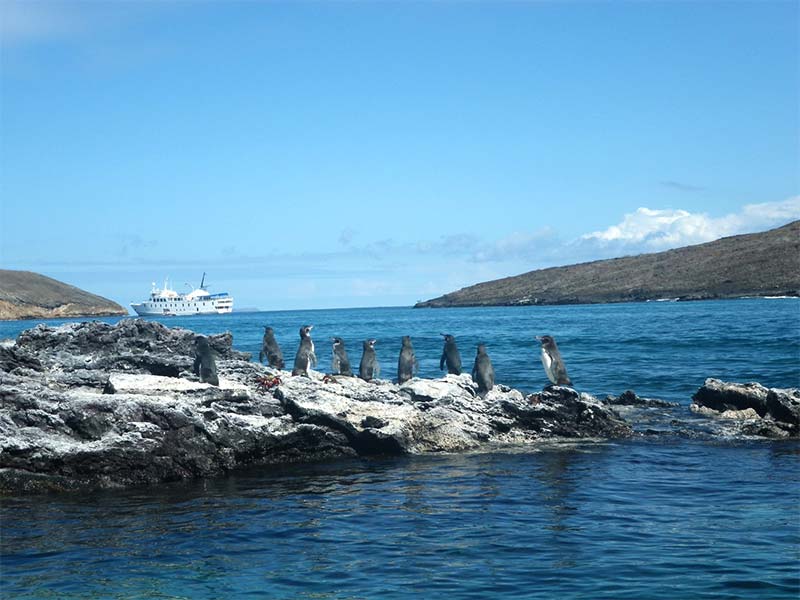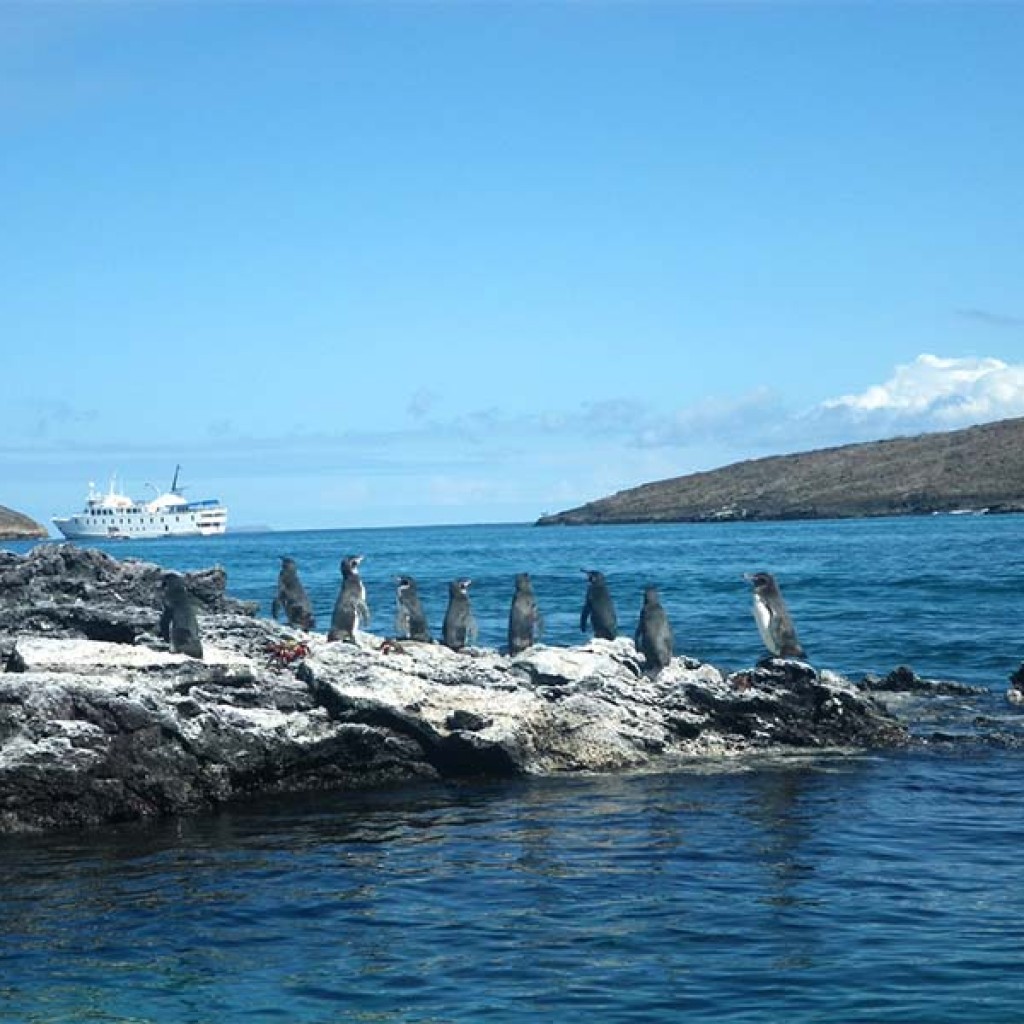
All our products are rigorously tested to ensure they meet the highest safety standards. When the Pinta Island tortoise arrived at the American Museum of Natural History in early 2013 to be preserved, Museum scientists and a master taxidermist faced a number of critical decisions. Quality is important, safety is essential. We hope you enjoy our models as much as we enjoy creating them.
PINTA ISLAND FULL
Full CollectA animal replica range available at Bigjigs Toys, including Horses, Dinosaurs & more. We have enlisted the help of numerous experts from around the world to ensure that every model is factually accurate and true to life. Buy Pinta Island Tortoise Figure online today. Our realistic Pinta Island Tortoise replicas are perfect for use in dioramas, pretend habitat scenes, or other project displays.

CollectAs mission is to build a natural world in miniature for collectors.
PINTA ISLAND UPGRADE
CollectA continually strives to improve and upgrade all their models in an effort to bring you the best possible collection. Pinta Island Tortoise Size : 8.1cm x 5cm. Today CollectA miniature replicas collectibles are being used in role play for educational purpose, awareness of endangered species, consciousness of environmental protection and ultimately having a benefit for the animals they represent. It has an area of 60 kilometre squared and a maximum altitude of 777 metres. Pinta got its name from one of the caravels of Columbus. They design their replicas to provide both, knowledge and entertainment to children and parents of all age groups. Pinta Island (also known as Abington Island) is an island located in the Galapagos Islands group, Ecuador. These products are of the highest quality in both sculpture and painting. By the mid-20th century, it was assumed that the subspecies was extinct until a single male was discovered on the island in 1971. These goats were a great nuisance and contributed to the decline of the Pinta Island Giant Tortoise in the first place. One of the largest species of tortoises, but not. The Pinta Island tortoise was a subspecies of Galápagos tortoise native to Ecuadors Pinta Island. For years, Pinta was home to a thriving population of feral goats. elephantopus from Floreana Island, which was hunted into extinction in the 1850s.CollectA is known as one of the leading manufacturers worldwide of the finest scaled replicas collections. Animals that live in secluded islands with few predators grow much larger than their overseas counterparts. The Volcán Wolf region might hold even more genetic promise: A study published earlier this year in Current Biology revealed that 11 tortoises from the area carried the genes of yet another Galápagos tortoise species, C. Instead, the animals were probably carried all or part of the way by the sailors that overran the Galápagos Islands in the nineteenth century, Fishermen and pirates frequently dined on giant tortoises and were the main cause for the decline of Lonesome George’s subspecies. Isabella and Pinta islands are located about 60 kilometers apart, so the researchers don’t think that Pinta Island tortoises swam or floated to their new home. Even more importantly, five of the 17 hybrid tortoises were juveniles - less than 20 years old - which lead the researchers to suspect that at least one purebred PInta Island tortoise may be hiding somewhere on Isabella Island. It was one of 21 species in the genus Chelonoidis, and its scientific name was Chelonoidis abingdonii. It was a kind of Galapagos tortoise that was found on Pinta Island and wiped out mainly through subsistence hunting.

Now, several years and many DNA tests later, more hybrids have been found. The Pinta Giant Tortoise, or Pinta Island Tortoise, went extinct in 2015.

Some of the same Yale researchers contributed to a 2007 paper in Current Biology that first revealed that a single tortoise on Isabella Island contained mitochondrial DNA similar to those of the Pinta Island subspecies. Account icon An icon in the shape of a person's head and shoulders.


 0 kommentar(er)
0 kommentar(er)
